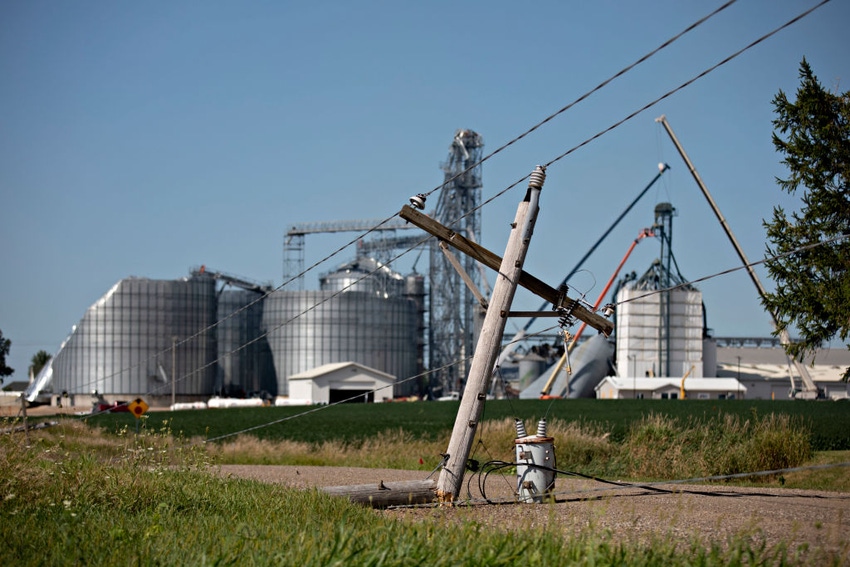September 2, 2020

Homeowners and renters in Benton, Boone, Cedar, Jasper, Marshall, Polk, Poweshiek, Scott, Story and Tama counties may now apply for FEMA Individual Assistance for losses resulting from the severe storms on Aug. 10, 2020. Linn County was previously approved for Individual Assistance.
What does the assistance include?
Assistance provided by FEMA for homeowners can include grants for repairs to make their primary home habitable. Rental assistance is available to pay for temporary housing for homeowners and renters. Lodging expense reimbursement may be available to eligible households who may have stayed in a hotel for a short period of time.
FEMA assistance can also help with other disaster-related needs like replacing essential household items, and medical and dental expenses.
Who is eligible for disaster loans?
Businesses, homeowners and renters may be eligible for disaster loans from the U.S. Small Business Administration.
I live in one of the counties listed above and my home was damaged in the derecho. What steps do I need to go through?
First, if you haven’t already done so, contact your insurance company and file a claim for the disaster-caused damage you’ve suffered. You don’t have to wait for FEMA to start cleaning up but be sure to take photographs or video of the damage and keep all receipts for repair work.
If you have losses not covered by insurance, contact FEMA by either going online to DisasterAssistance.gov or by calling the helpline at 800-621-3362. or 1-800-462-7585 for TTY users. Users of 711 or Video Relay Service (VRS) may call 1-800-621-3362. The toll-free telephone numbers will operate from 6 a.m. to 10 p.m. Central Time, seven days a week, until further notice.
Applicants will need the following to apply. You can upload all required documents at DisasterAssistance.gov:
Address of the damaged property
Description of disaster-caused damage and losses
Current mailing address
Current telephone number
Social Security number of one member of the household
Insurance information
Total household annual income
Bank account routing and account number for direct deposit
Save your FEMA registration number, also known as FEMA ID number.
Check your DisasterAssistance.gov account for updates.
Source: FEMA, which is solely responsible for the information provided and is wholly owned by the source. Informa Business Media and all its subsidiaries are not responsible for any of the content contained in this information asset.
You May Also Like




